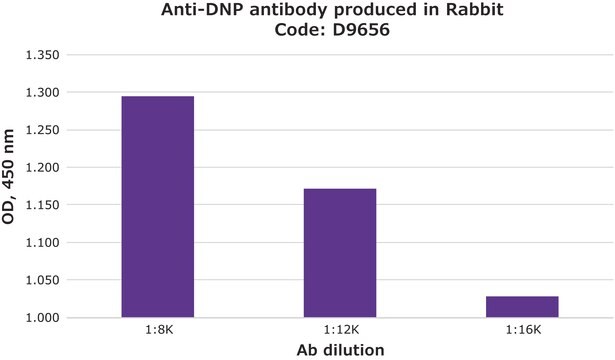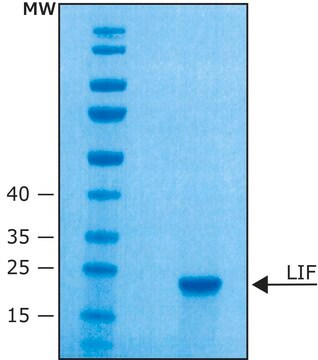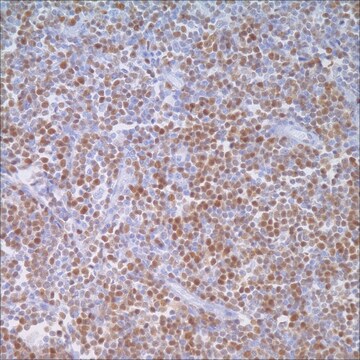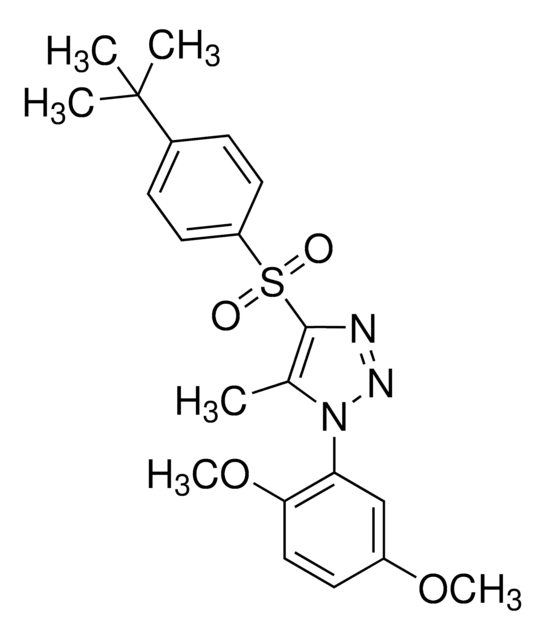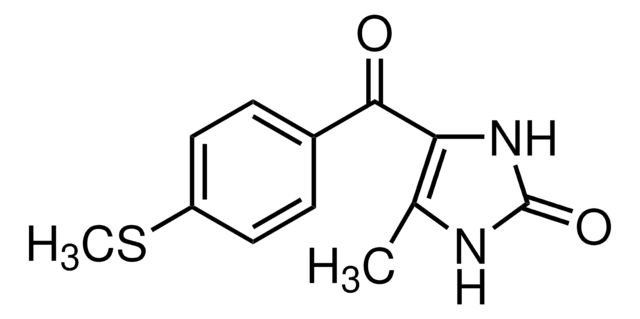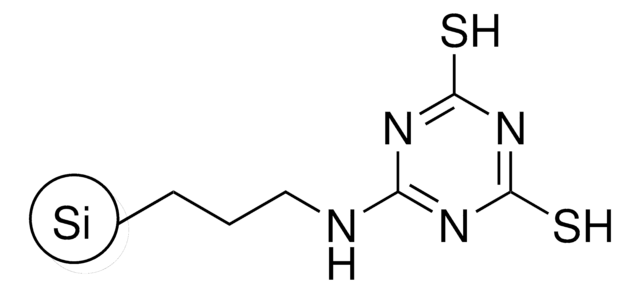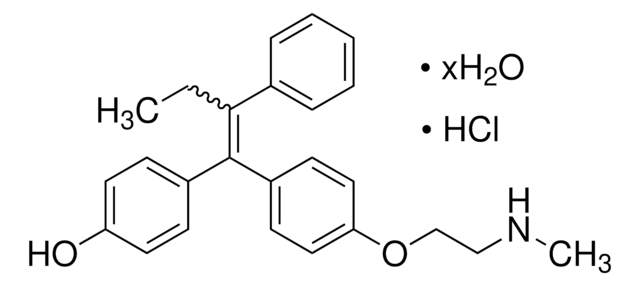ABN2268
Anti-proSAAS
serum, from rabbit
Synonym(s):
IA-4, Proprotein convertase subtilisin/kexin type 1 inhibitor, Proprotein convertase 1 inhibitor, pro-SAAS
About This Item
Recommended Products
biological source
rabbit
antibody form
serum
antibody product type
primary antibodies
clone
polyclonal
species reactivity
rat, human, mouse
packaging
antibody small pack of 25 μL
technique(s)
immunocytochemistry: suitable
immunofluorescence: suitable
western blot: suitable
isotype
IgG
UniProt accession no.
target post-translational modification
unmodified
Gene Information
human ... PCSK1N(27344)
General description
Specificity
Immunogen
Application
Immunofluorescence Analysis: A representative lot detected proSAAS in Immunofluorescence applications (Jarvela, T.S., et. al. (2016). Proc Natl Acad Sci USA. 113(32):E4708-15; Hoshino, A., et. al. (2014). J Neurochem. 128(3):419-30; Guest, P.C., et. al. (2002). J Endocrinol. 175(3):637-47).
Western Blotting Analysis: A representative lot detected proSAAS in Aβ immunoprecipitated from mouse brain lysates (Hoshino, A., et. al. (2014). J Neurochem. 128(3):419-30).
Immunocytochemistry Analysis: A representative lot detected proSAAS in SH-SY5Y cells (Jarvela, T.S., et. al. (2016). Proc Natl Acad Sci USA. 113(32):E4708-15).
Neuroscience
Quality
Western Blotting Analysis: A 1:10,000 dilution of this antibody detected His-tagged mouse proSAAS recombinant protein.
Target description
Physical form
Storage and Stability
Other Notes
Disclaimer
Not finding the right product?
Try our Product Selector Tool.
Certificates of Analysis (COA)
Search for Certificates of Analysis (COA) by entering the products Lot/Batch Number. Lot and Batch Numbers can be found on a product’s label following the words ‘Lot’ or ‘Batch’.
Already Own This Product?
Find documentation for the products that you have recently purchased in the Document Library.
Our team of scientists has experience in all areas of research including Life Science, Material Science, Chemical Synthesis, Chromatography, Analytical and many others.
Contact Technical Service